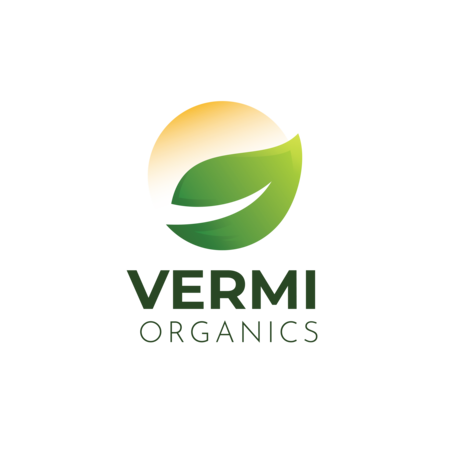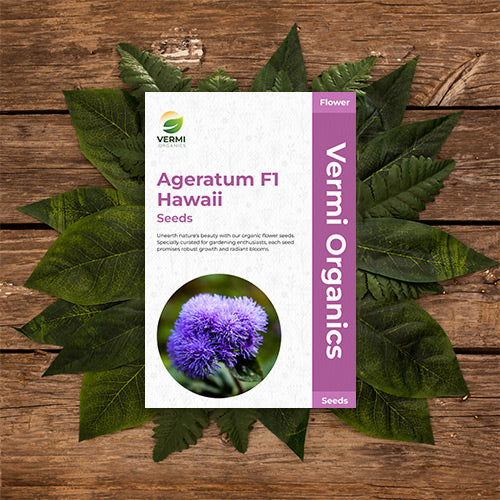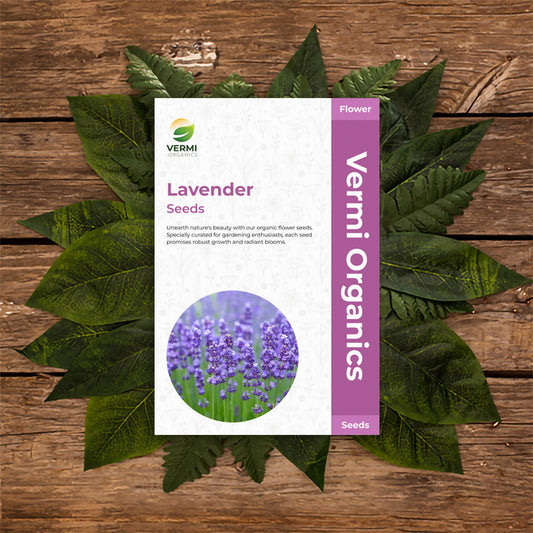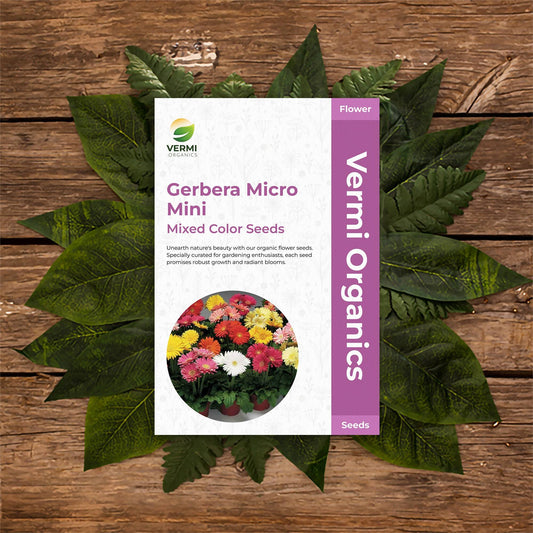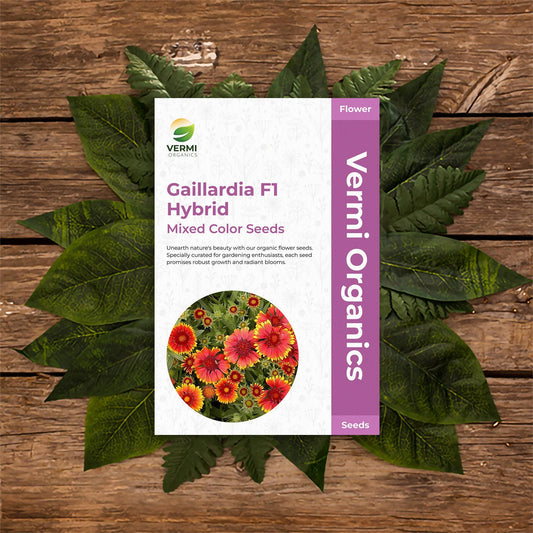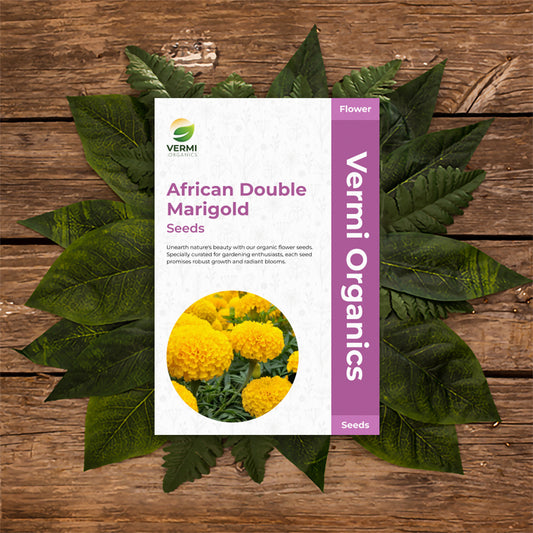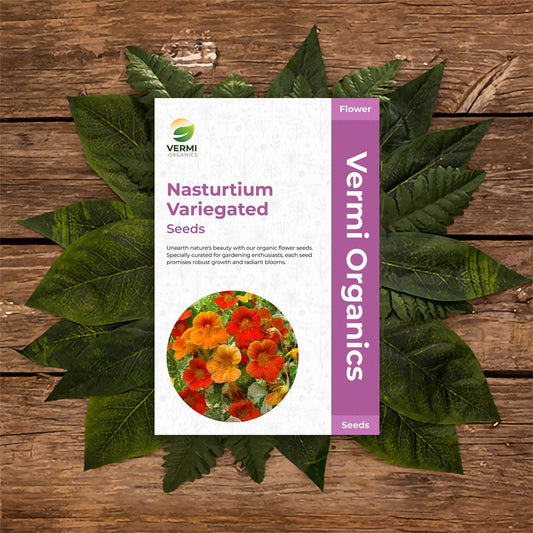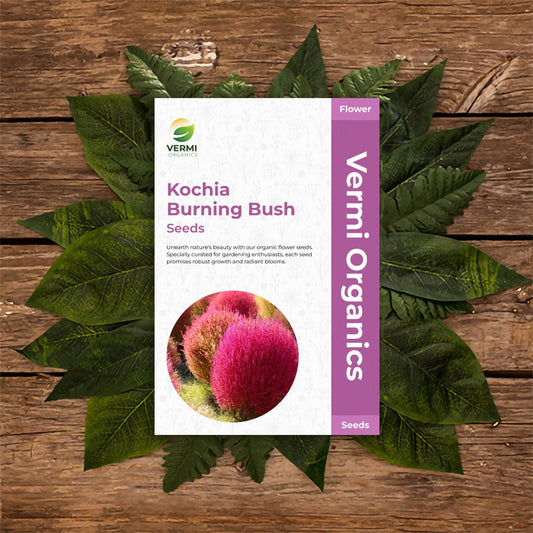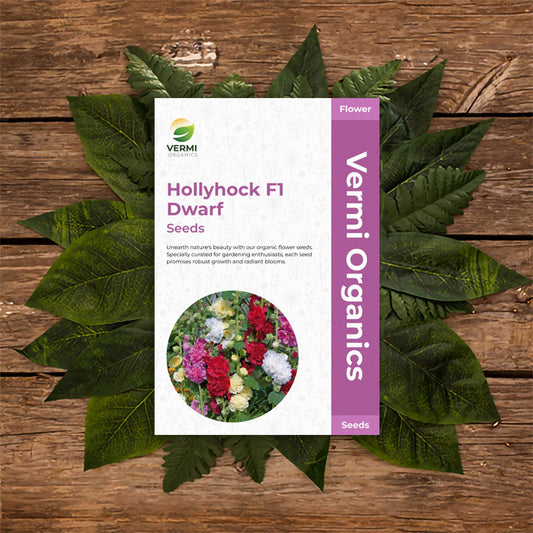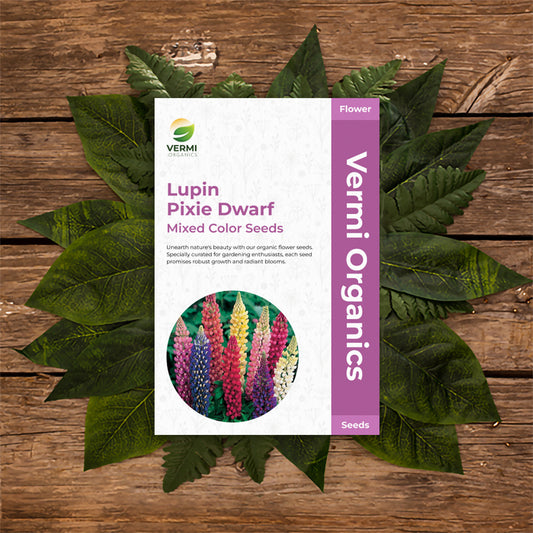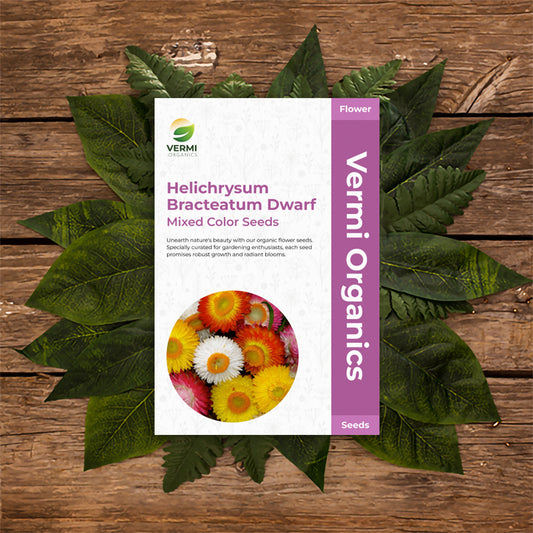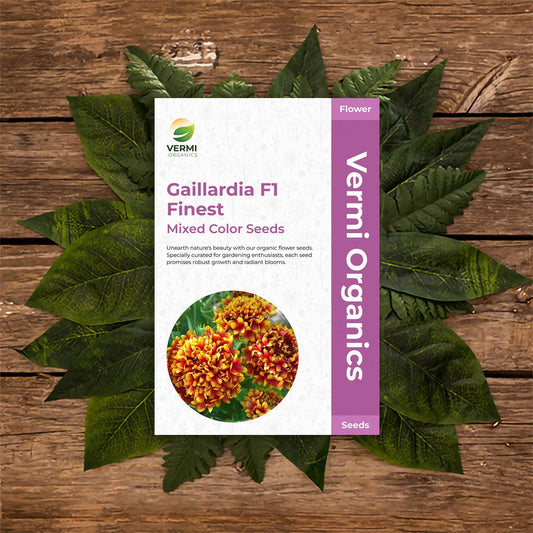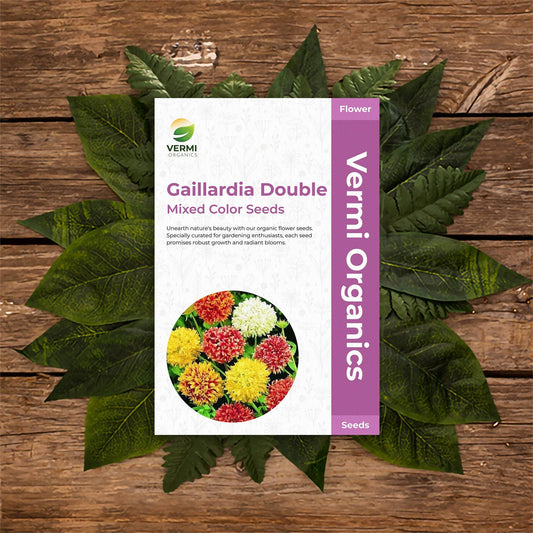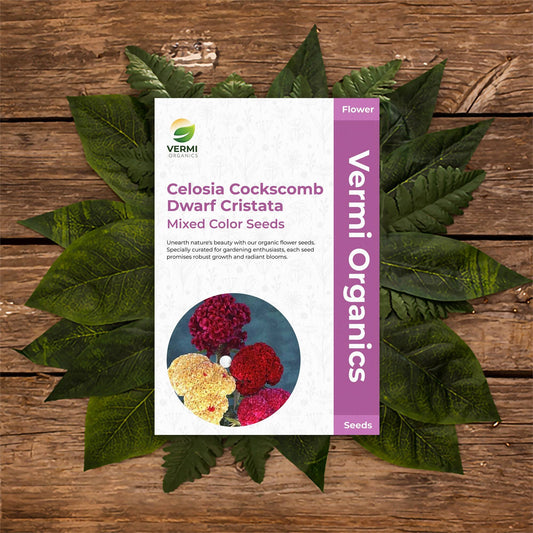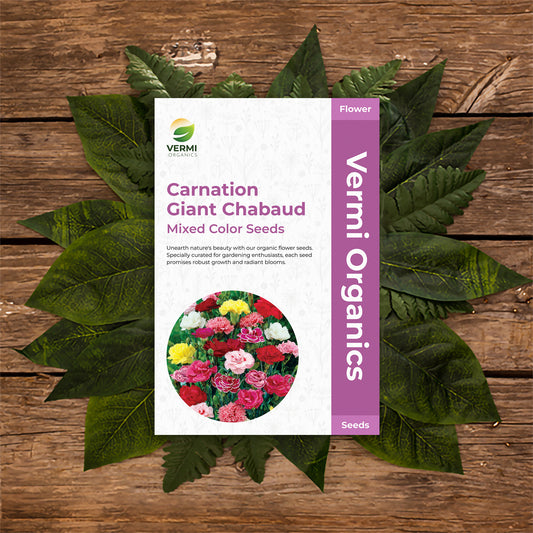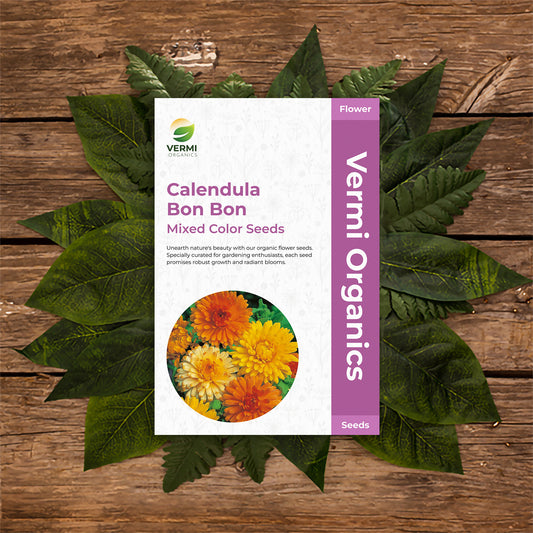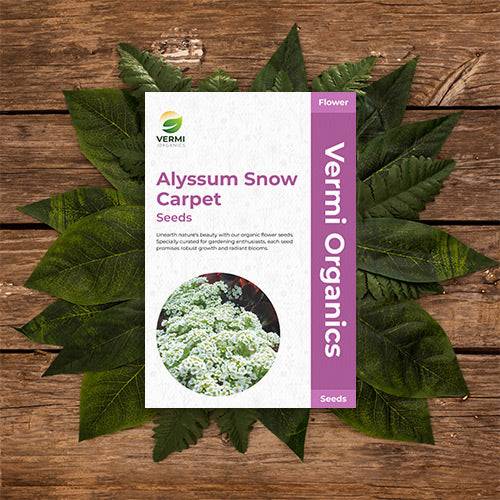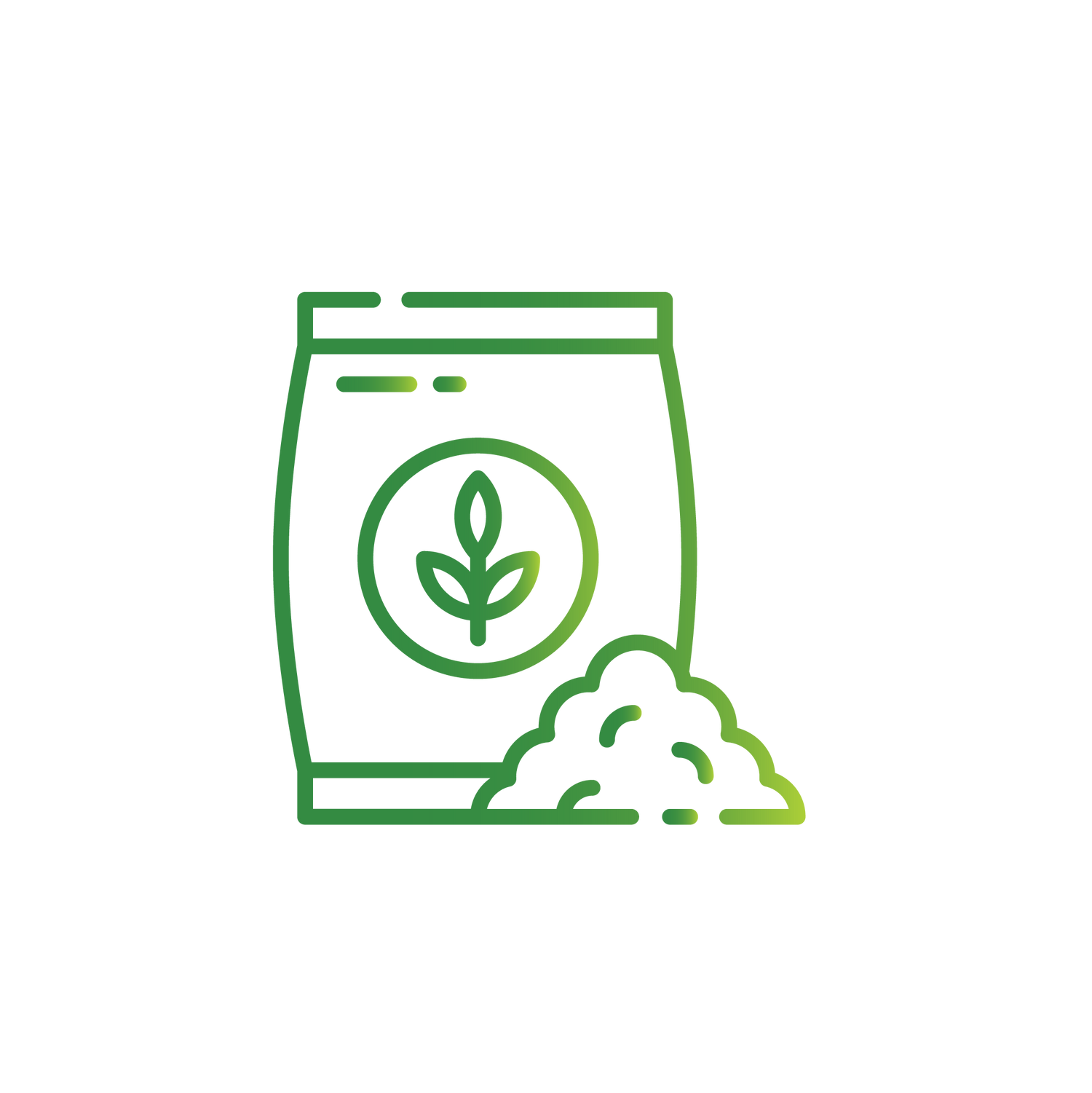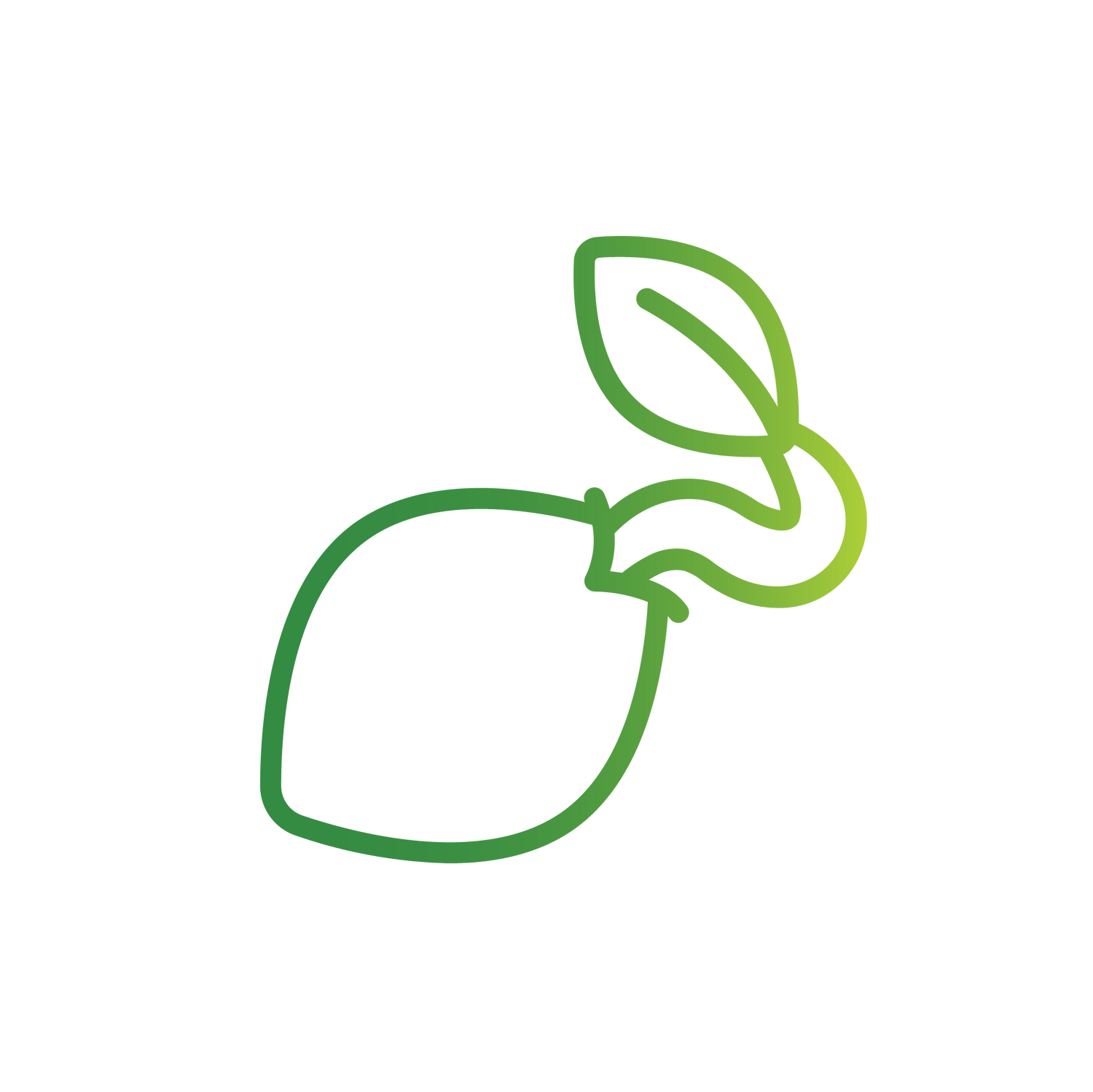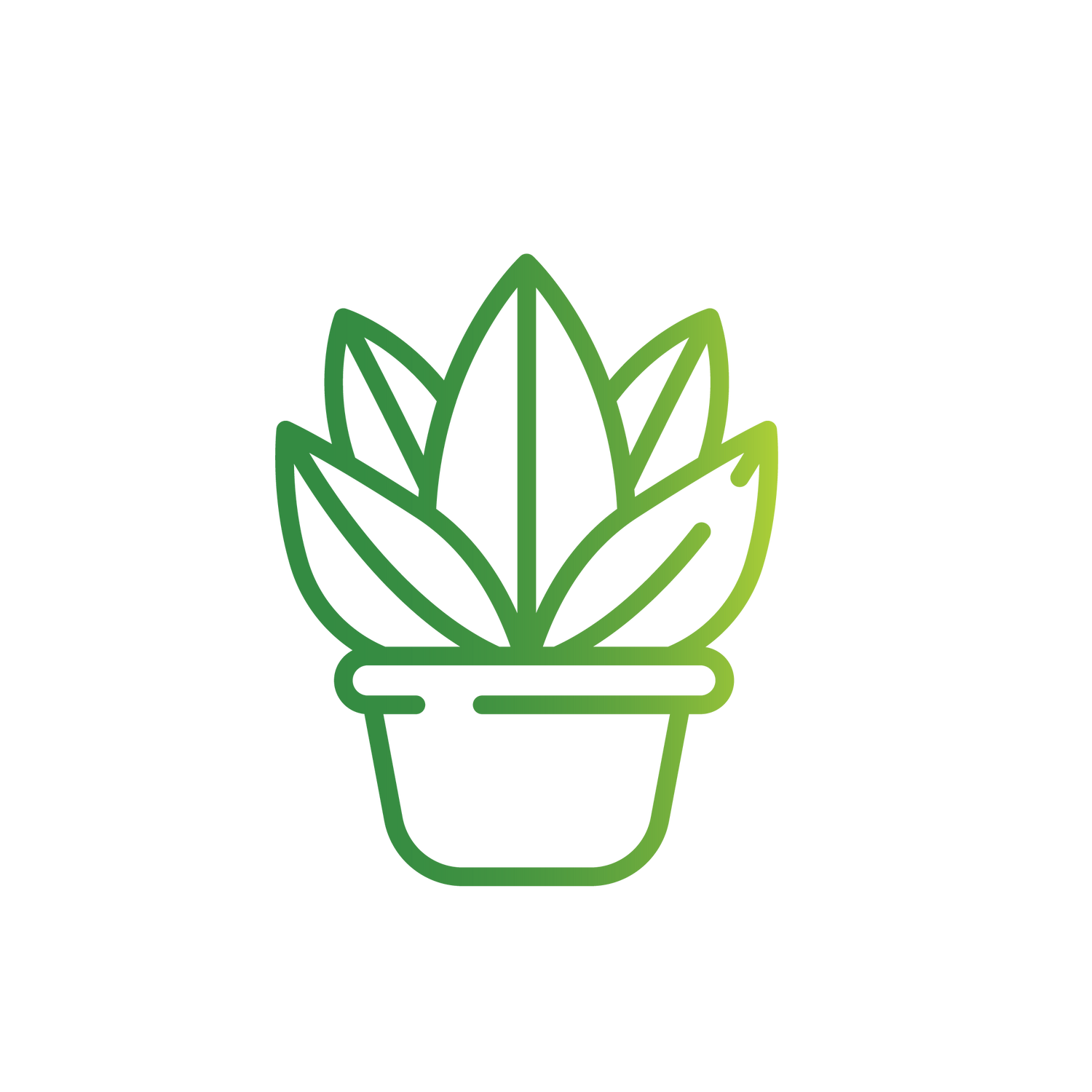Collection: Seeds
-
Ageratum Floss Flower Bluemink Purple Colour - Flower Seeds Pack of 200
Regular price Rs. 99.00Regular priceUnit price / perRs. 150.00Sale price Rs. 99.00Sale -
Lavender - Flower Seeds of 50
Regular price Rs. 229.00Regular priceUnit price / perRs. 269.00Sale price Rs. 229.00Sale -
Gerbera Micro Mini Mixed Color, African Daisy, Transvaal Daisy, Barberton Daisy, Aster - Flower Seeds pack of 15
Regular price Rs. 179.00Regular priceUnit price / perRs. 199.00Sale price Rs. 179.00Sale -
Gaillardia F1 Hybrid Mixed Color - Flower Seeds pack of 10
Regular price Rs. 99.00Regular priceUnit price / perRs. 149.00Sale price Rs. 99.00Sale -
African Double Marigold Genda Pack of 100 Seeds
Regular price Rs. 499.00Regular priceUnit price / perRs. 599.00Sale price Rs. 499.00Sale -
Nasturtium Variegated - Flower Seeds pack of 50
Regular price Rs. 199.00Regular priceUnit price / perRs. 249.00Sale price Rs. 199.00Sale -
Kochia Burning Bush - Flower Seeds pack of 100
Regular price Rs. 249.00Regular priceUnit price / perRs. 279.00Sale price Rs. 249.00Sale -
Hollyhock F1 Dwarf - Flower Seeds pack of 30
Regular price Rs. 199.00Regular priceUnit price / perRs. 229.00Sale price Rs. 199.00Sale -
Lupin Pixie Dwarf, Dwarf Lupine Mix, Pixie Delight, Mixed Color - Flower Seeds pack of 50
Regular price Rs. 199.00Regular priceUnit price / perRs. 249.00Sale price Rs. 199.00Sale -
Helichrysum bracteatum Dwarf Mixed Color - Flower Seeds pack of 50
Regular price Rs. 329.00Regular priceUnit price / perRs. 429.00Sale price Rs. 329.00Sale -
Gaillardia F1 Finest Mixed Color - Flower Seeds pack of 50
Regular price Rs. 139.00Regular priceUnit price / perRs. 159.00Sale price Rs. 139.00Sale -
Gaillardia Double Mixed Color, Blanket Flower - Flower Seeds pack of 50
Regular price Rs. 199.00Regular priceUnit price / perRs. 219.00Sale price Rs. 199.00Sale -
Brain Celosia woolflowers Cockscomb Dwarf Cristata Mixed Color - Flower Seeds pack of 50
Regular price Rs. 119.00Regular priceUnit price / perRs. 159.00Sale price Rs. 119.00Sale -
Carnation Giant Chabaud Mixed Color - Flower Seeds
Regular price Rs. 179.00Regular priceUnit price / perRs. 199.00Sale price Rs. 179.00Sale -
Calendula Bon Bon Mixed Color, Pot Marigold, English Marigold - Flower Seeds
Regular price Rs. 299.00Regular priceUnit price / perRs. 399.00Sale price Rs. 299.00Sale -
Alyssum Snow Carpet Lobularia Maritima White - Flower Seeds Pack of 100
Regular price Rs. 99.00Regular priceUnit price / perRs. 159.00Sale price Rs. 99.00Sale -
Nemesia Carnival Mixed Color - Flower Seeds pack of 50
Regular price Rs. 199.00Regular priceUnit price / perRs. 249.00Sale price Rs. 199.00Sale -
Nasturtium Golden Yellow - Flower Seeds pack of 50
Regular price Rs. 199.00Regular priceUnit price / perRs. 249.00Sale price Rs. 199.00Sale -
Larkspur Imperial, Consolida ajacis, Mixed Color - Flower Seeds pack of 40
Regular price Rs. 199.00Regular priceUnit price / perRs. 229.00Sale price Rs. 199.00Sale -
Kochia Childsii - Flower Seeds pack of 50
Regular price Rs. 189.00Regular priceUnit price / perRs. 229.00Sale price Rs. 189.00Sale
Trending Collections
Seeds
Seeds are the embodiment of life, carrying the promise of new beginnings and the potential for flourishing gardens. Understanding the nuances of seeds, from their types and selection to successful germination and growth, forms the cornerstone of successful gardening.
1. Types of Seeds: Nurturing Diversity
Seeds come in diverse forms, each with unique characteristics and requirements.
- Open-Pollinated Seeds
These seeds are pollinated naturally, preserving the genetic diversity of plants. They often produce offspring similar to the parent plant.
- Heirloom Seeds
Heirloom seeds are open-pollinated varieties passed down through generations, offering historical and cultural significance.
- Hybrid Seeds
Hybrid seeds result from controlled cross-breeding, often showcasing specific desirable traits. They don't produce consistent offspring.
2. Selecting Seeds: Choosing Wisely
Selecting the right seeds sets the foundation for a successful garden.
- Seed Quality
Opt for high-quality seeds from reputable sources, ensuring better germination rates and healthier plants.
- Suitability to Climate
Choose seeds suited to your local climate conditions for optimal growth and productivity.
- Planting Season
Select seeds based on the appropriate planting season, aligning with your region's growing calendar.
3. Seed Starting: Laying the Groundwork
Effective seed starting is crucial for successful germination and robust plant growth.
- Seed Starting Medium
Select a suitable medium, such as seed-starting mix or peat pellets, for sowing seeds indoors.
- Germination Conditions
Maintain ideal conditions - moisture, warmth, and light - to promote successful germination.
- Sowing Depth and Spacing
Follow recommended sowing depths and spacing guidelines to ensure proper seedling development.
4. Germination Tips: Unlocking Life
Germination marks the beginning of a plant's journey, and providing the right conditions is essential.
- Watering Techniques
Keep the soil consistently moist but not waterlogged to support germination.
- Temperature and Light
Maintain suitable temperatures and provide adequate light for seedlings' healthy growth.
- Transplanting Seedlings
Transplant seedlings carefully once they develop true leaves and sturdy stems.
5. Seed Saving: Preserving Nature's Legacy
Saving seeds allows gardeners to perpetuate favored varieties and maintain biodiversity.
- Seed Harvesting
Harvest seeds from mature, healthy plants, allowing them to dry completely before storage.
- Proper Seed Storage
Store seeds in a cool, dry place in airtight containers to maintain viability.
Seeds are not just tiny miracles but the essence of a thriving garden. Understanding their diversity, selecting the right ones, mastering seed starting techniques, ensuring successful germination, and preserving their legacy through seed saving practices enriches the gardening journey.
FAQs
What are open-pollinated seeds, and why are they beneficial for gardening?
Open-pollinated seeds are naturally pollinated, offering genetic diversity and the ability to save seeds for future planting, preserving plant characteristics.
How can I identify high-quality seeds when purchasing them?
Look for seeds from reputable sources, checking for packaging dates, reputable brands, and any certifications or guarantees.
What's the difference between heirloom and hybrid seeds?
Heirloom seeds are open-pollinated, passed down for generations, while hybrids are a result of controlled cross-breeding for specific traits.
Can I save seeds from store-bought vegetables for planting?
While possible, it's not always successful due to hybrid varieties. Consider open-pollinated or heirloom varieties for seed saving.
How long can seeds be stored, and what's the best way to store them?
Seeds can be viable for 1-5 years or longer when stored in a cool, dry place in airtight containers away from light and moisture.
What are the best seeds to grow in different climate zones?
Choose seeds suited to your climate; research seed catalogs or local nurseries for varieties adapted to your region.
What factors affect seed germination success, and how can I improve it?
Factors like moisture, temperature, soil depth, and light influence germination. Providing optimal conditions improves success rates.
Is it better to start seeds indoors or directly sow them in the garden?
It depends on the plant and climate. Some seeds benefit from an early start indoors, while others thrive when directly sown in the garden.
What are some common mistakes to avoid when starting seeds indoors?
Overwatering, inadequate light, incorrect sowing depth, and not acclimating seedlings properly to outdoor conditions are common pitfalls.
How do I know when it's the right time to transplant seedlings?
Transplant seedlings when they have developed a sturdy stem and true leaves, usually after 4-6 weeks.
Can I use leftover seeds from previous years, or do they lose viability?
Seeds can lose viability over time, but some remain viable for several years if stored properly. Test older seeds with germination tests.
What's the ideal planting depth for different types of seeds?
Refer to seed packets for specific planting depths, but as a general rule, plant seeds at a depth 2-3 times their diameter.
Are there seeds suitable for novice gardeners or first-time planters?
Easy-to-grow seeds like lettuce, radishes, and beans are great choices for beginners.
Do certain seeds require scarification or stratification before planting?
Some seeds, like certain wildflowers or trees, benefit from scarification (abrasion) or stratification (cold treatment) to break dormancy.
What's the role of light in seed germination, and do all seeds need light to germinate?
Some seeds require light for germination, while others germinate in darkness. Check seed packets for specific light requirements.
Can I use organic or homemade seed-starting mixtures, and how do I prepare them?
Yes, homemade mixtures using peat moss, perlite, and compost are great alternatives. Ensure sterilization and balanced moisture levels.
What's the best way to protect seeds from pests and diseases?
Practice good garden hygiene, use disease-resistant varieties, and consider organic pest control methods like neem oil or companion planting.
Should I soak seeds before planting, and does it benefit all types of seeds?
Soaking seeds can help soften hard coatings and speed up germination for some seeds, but not all seeds benefit from soaking.
What's the significance of using companion planting with seeds, and which combinations work best?
Companion planting can deter pests, improve pollination, and optimize space. Examples include planting basil with tomatoes or marigolds with vegetables.
How do I prevent seeds from getting washed away during heavy rains or watering?
Mulching with straw, using row covers, or creating furrows can prevent soil erosion and protect seeds during heavy rain.
Are there specific seeds suitable for container gardening or small spaces?
Yes, compact or dwarf varieties of vegetables, herbs, and flowers are well-suited for container gardening.
Can I plant seeds directly in garden beds previously used for other crops?
Yes, rotating crops and amending soil with organic matter between plantings can replenish nutrients and prevent disease buildup.
What should I do if seeds do not germinate within the expected timeframe?
Check for proper moisture, temperature, and age of seeds. Consider re-sowing if conditions were not optimal.
Are there seeds that require stratification before planting, and how is it done?
Some seeds, like those from cold-climate plants, benefit from cold stratification. This involves placing seeds in a moist medium in the refrigerator for a specific period.
Can I use vermicompost or organic fertilizers when planting seeds?
Yes, vermicompost and organic fertilizers provide essential nutrients and enhance soil structure, promoting healthy seedling growth.
